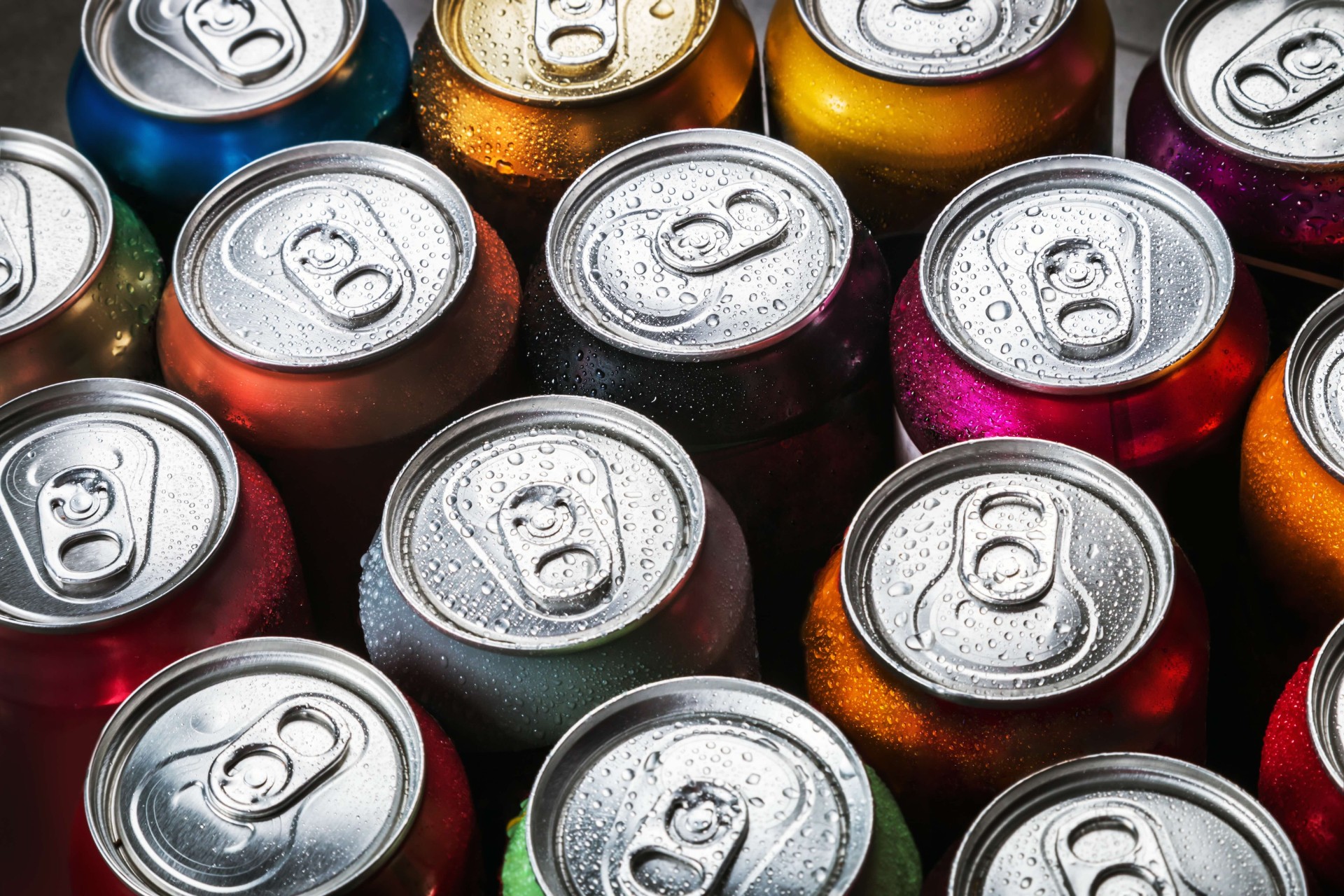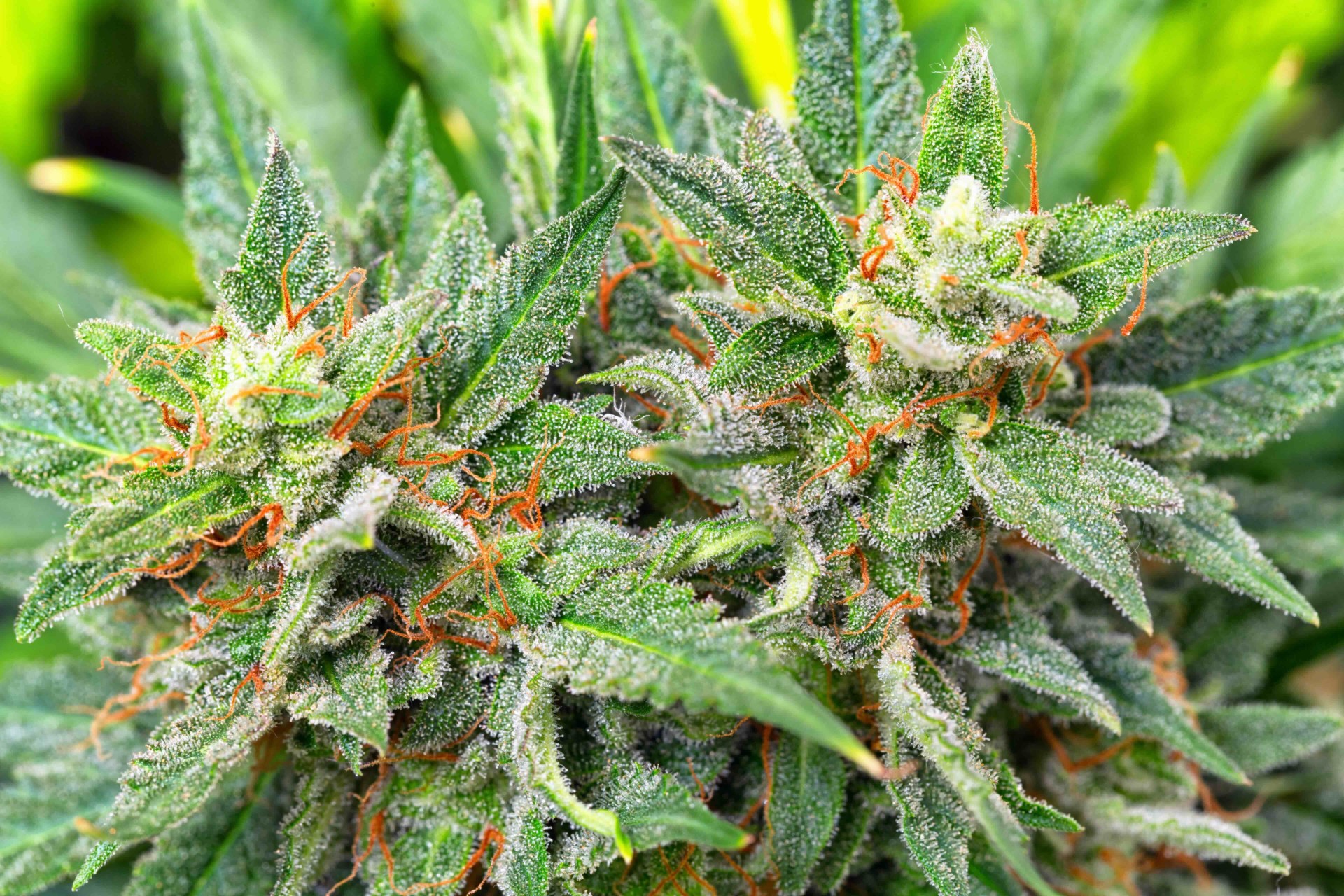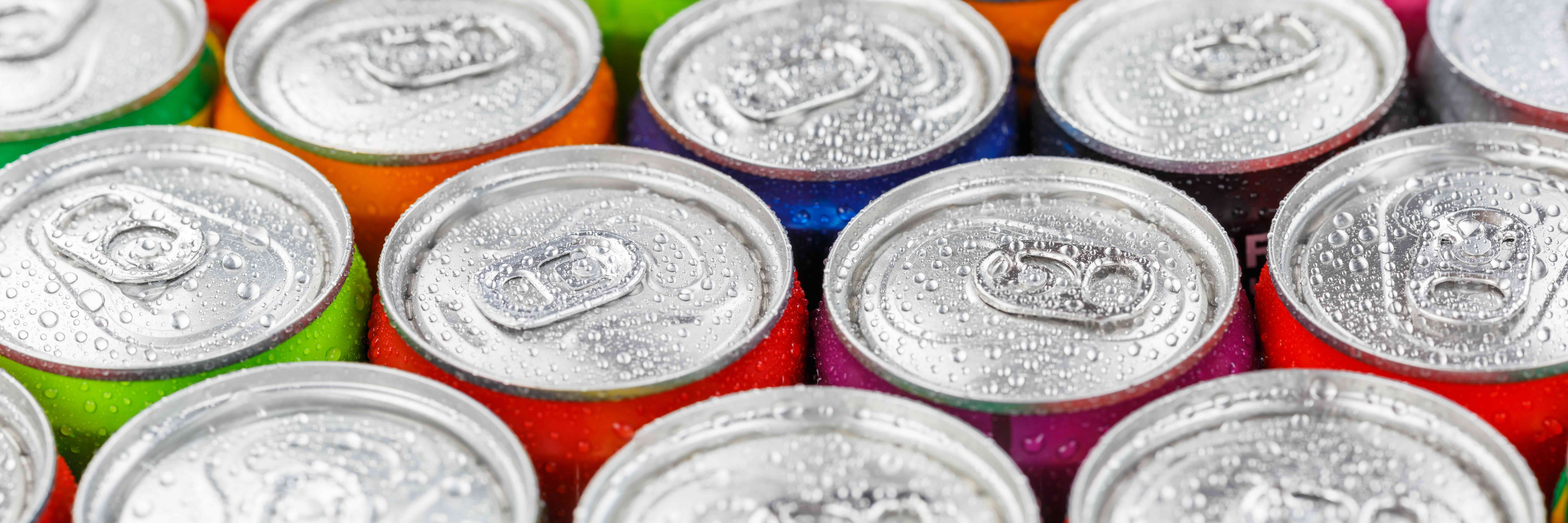
So What is the Deal with THC Beverages?
If Jerry Seinfeld were to weigh in, he would say “What’s the deal with these THC beverages? I thought you got THC from a joint, not a can of Fresca”. Cue the laugh track and the killer bass line.
But really, where did these hemp/THC canned drinks come from and why are they suddenly so popular?
A brief history: Hemp was grown historically in America for its industrial uses yet was essentially taxed out of existence through the Marihuana Tax Act of 1937 and then made illegal in the Controlled Substances Act of 1970, all due to its negative association with marijuana. Hemp and marijuana are the same plant, and Congress threw the proverbial baby out with the bathwater by banning all “cannabis” cultivation and possession.
So, the hemp industry remained dormant until Congress passed the 2018 Farm Bill which defined “hemp” as something separate from marijuana by requiring hemp to contain less than 0.3% of Delta-9 THC.
For the reader who is less familiar with the cannabis plant, THC stands for tetrahydrocannabinol and is the primary psychoactive compound found in the cannabis plant. It is what gives marijuana its signature effect.
Hemp farmers adhere to the strict federal definition of “hemp” by growing certain cultivars with naturally occurring low amounts of THC as well as practicing certain growing procedures that keep the amount of THC in the plant at a low level.
After the passage of the 2018 Farm Bill, American farmers once again had an opportunity to farm this ancient plant which has a plethora of uses.
The plant’s stalk can be used to make cloth and other textiles, but it also has less obvious applications such as hemp concrete. The list of industrial applications continues to grow, albeit slowly.
But the 2018 Farm Bill unintentionally created another new industry. As the newly revived hemp industry did not take off as quickly as everyone hoped, likely due to stiff competition in the textile and concrete industry, hemp farmers have been left with a glut of hemp cultivation capacity. Rather than growing hemp for industrial applications, farmers are now growing hemp for its flower which is essentially identical to marijuana flower, it just contains a much lower percentage of THC.
Processors are readily buying this flower and extracting the THC and other compounds naturally found in hemp flower to manufacture hemp-derived products that purportedly are “Farm Bill compliant”, such as edibles, vapes and hemp derived beverages.
At the same time, the United States is in a golden era (or green era?) of interest in cannabis. As of the writing of this article, 39 states, the District of Columbia, and three US territories allow medical cannabis use in some form. 24 of those states also allow recreational use of cannabis. So the public interest in THC products, both for medical and recreational purposes, is incredibly high. There are also many large corporations that are already involved in this industry or are sitting on the sidelines and waiting for the right opportunity to jump in.
While some Americans are now buying medical and recreational marijuana in traditional products like marijuana flower, pre-rolled joints, and vapes, many other Americans are not interested in smoking anything, yet the interest in cannabis remains. So the market has responded by providing alternative methods of ingesting cannabis, namely gummies and THC-infused beverages.
THC-beverages are powered by distillate that is extracted from the hemp/marijuana plant and there is an oversupply of it on the market. The raw ingredients are inexpensive and these products can be made incredibly quickly. There is no fermentation time like beer (usually 4-6 weeks for lagers) nor is there an aging process (2-10+ years for bourbon). Hemp/marijuana processors are looking for ways to offload their distillate and the intoxicating beverage market makes the most sense.
But it is the wild west out there. Many states are trying to determine how to regulate these products and fit them into their existing regulatory structures for medical and recreational cannabis products. Other states are choosing to regulate THC beverages like other “intoxicating beverages” such as beer. This is a great example of the market getting ahead of the regulations, and now regulators are appropriately reacting. The legal landscape of this specific product is incredibly fluid, both at the federal and state level.
Some folks in the alcohol manufacturing industry believe that THC beverages are more than a fad and point to markets where such products make up 15-20% of the intoxicating beverages sold. These products often contain between 3mg and 20mg of THC per can and often have between 0 and 100 calories. The popularity of these drinks makes sense as consumers are generally interested in cannabis-based products and consumers are looking to products that are perceived as “healthier” alternatives to alcohol.
There is definitely some truth to this as consumers are looking for new products to provide that “social lubricant” often associated with alcohol, yet without the negative side effects. But will this replace beer? Doubtful. Beer has withstood many battles in recent decades including the wine boom of the 1970’s, the cocktail explosion of the 1980’s, the revived interest in bourbon in the 1990’s, and the recent peak (and now decline) of “craft IPA” beer in the past 10 years. There just is not a replacement for splitting a six-pack of crispy lager with a few friends while fishing or grabbing a couple of pints in the taproom with co-workers after a big day at the office. Crisp, clean, and approachable lagers have been around a long time and likely won’t be taking a backseat to any other product any time soon.
But that doesn’t mean that THC beverages are a flash in the pan. As the United States has a growing interest in cannabis, THC beverages provide a natural entry point for consumers through the familiar delivery method of sparkling (or still) canned drinks.
With the explosion of canned sparkling waters like Le Croix, Bubly, and Topo Chico, as well as canned hard seltzers like High Noon, consumers are already accustomed to drinking carbonated beverages other than traditional soda. A consumer is more likely to grab a THC beverage that is similar to one of these products than buying a pre-rolled joint and sparking up in the backyard. They are often sold in the same locations in grocery stores too, which makes them more closely associated with hard seltzers than marijuana products bought at a dispensary.
The low barriers to entry have also created a lot of industry players already. Some brands are already rising to the top and will gain market share while others likely will not see re-buys from retailers as consumers do not find their brands compelling. This is akin to the craft beer boom in the past decade with shelves suddenly being filled with intense brand diversity.
Thoughtful packaging and great taste will certainly help some brands succeed. Intentional marketing and brand development are also incredibly important. Consumers will be overwhelmed with options, so THC beverage companies will have to figure out what makes their products stand out.
Additionally, THC beverage companies wanting to offer their products in multiple states would be wise to evaluate the legal landscape of selling those products in specific markets before expending capital for a market launch. While there is a “gold rush” mentality of being first to market, thoughtful planning is essential to long term success. If you have questions about THC beverages, send an email to conner@mclaughlinpc.com.





